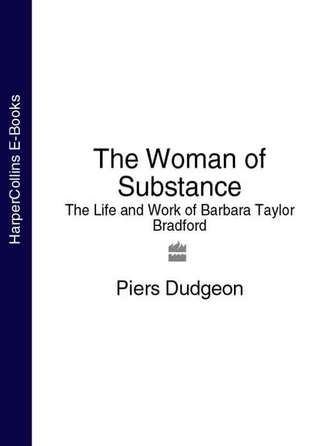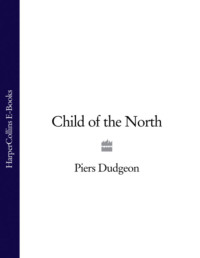The Woman of Substance: The Life and Work of Barbara Taylor Bradford

Полная версия
The Woman of Substance: The Life and Work of Barbara Taylor Bradford
Настройки чтения
Размер шрифта
Высота строк
Поля
Конец ознакомительного фрагмента
Купить и скачать всю книгу


